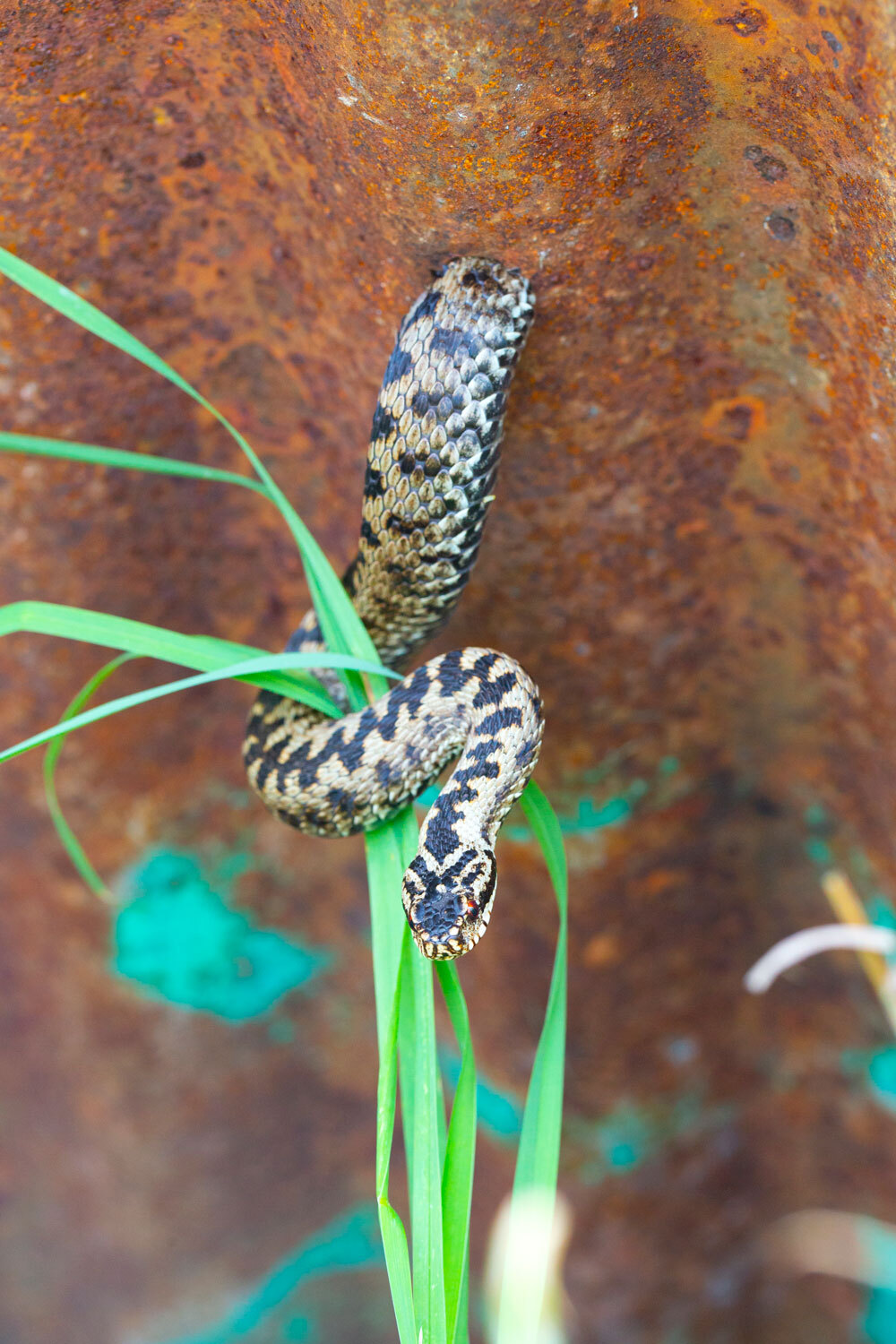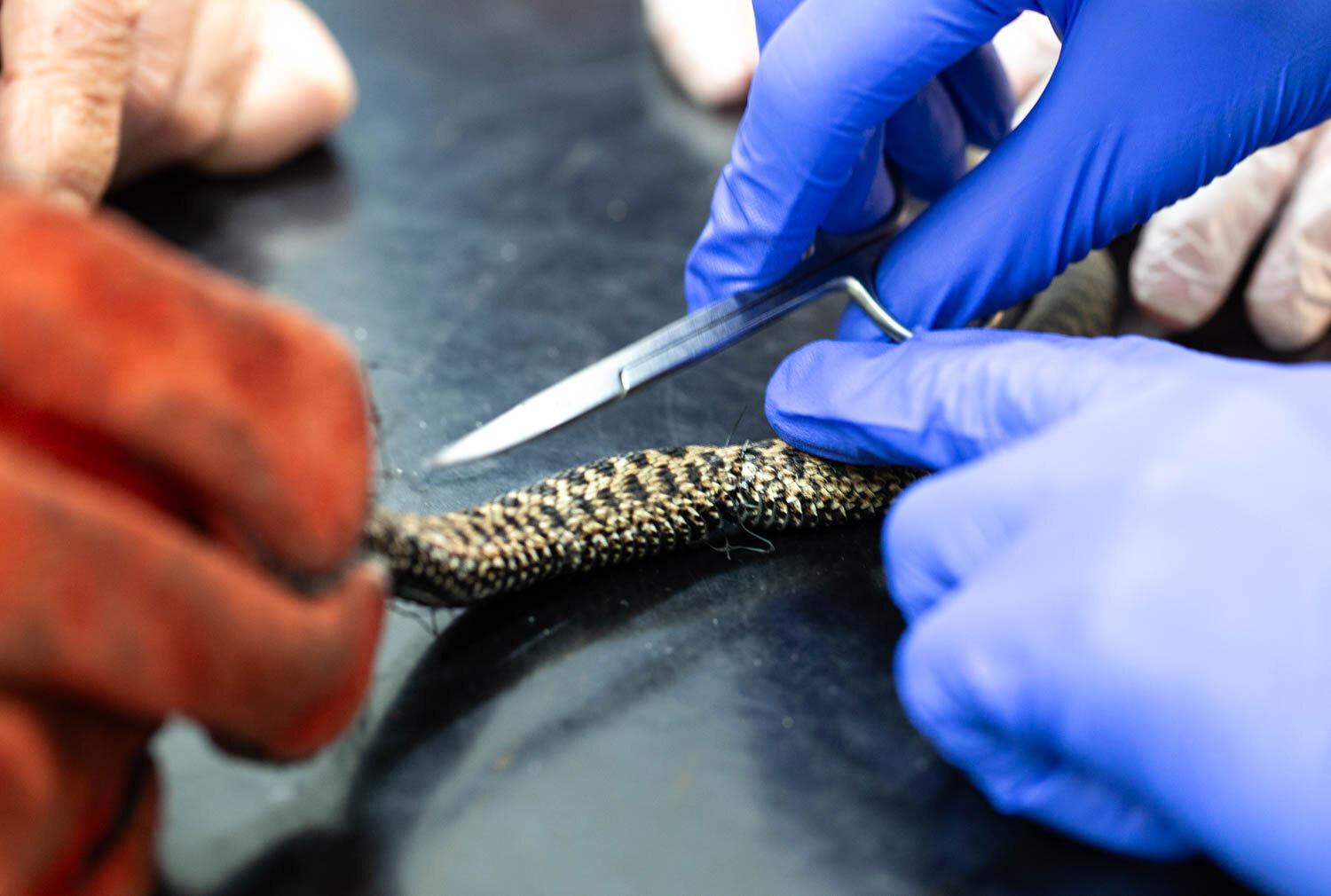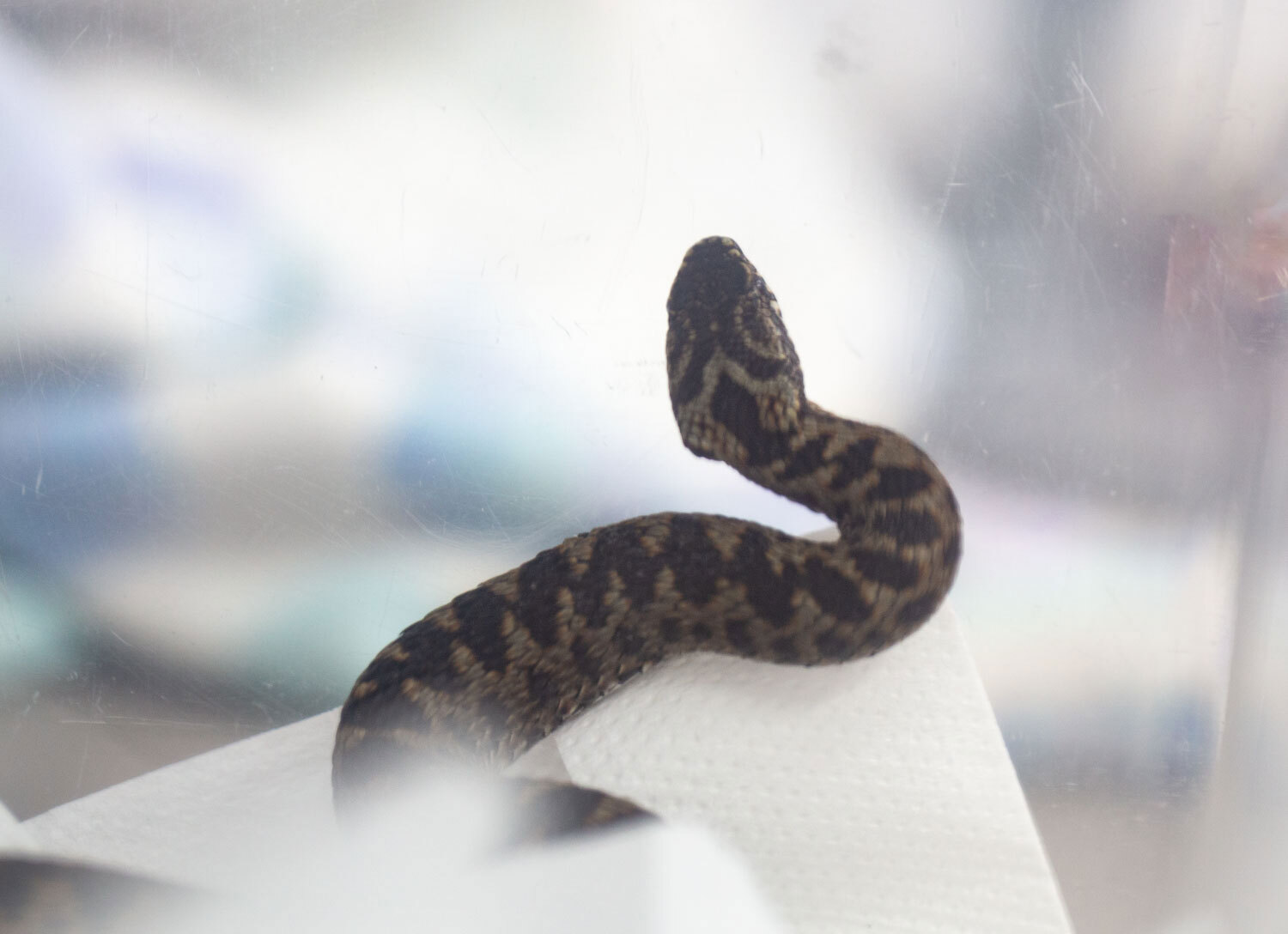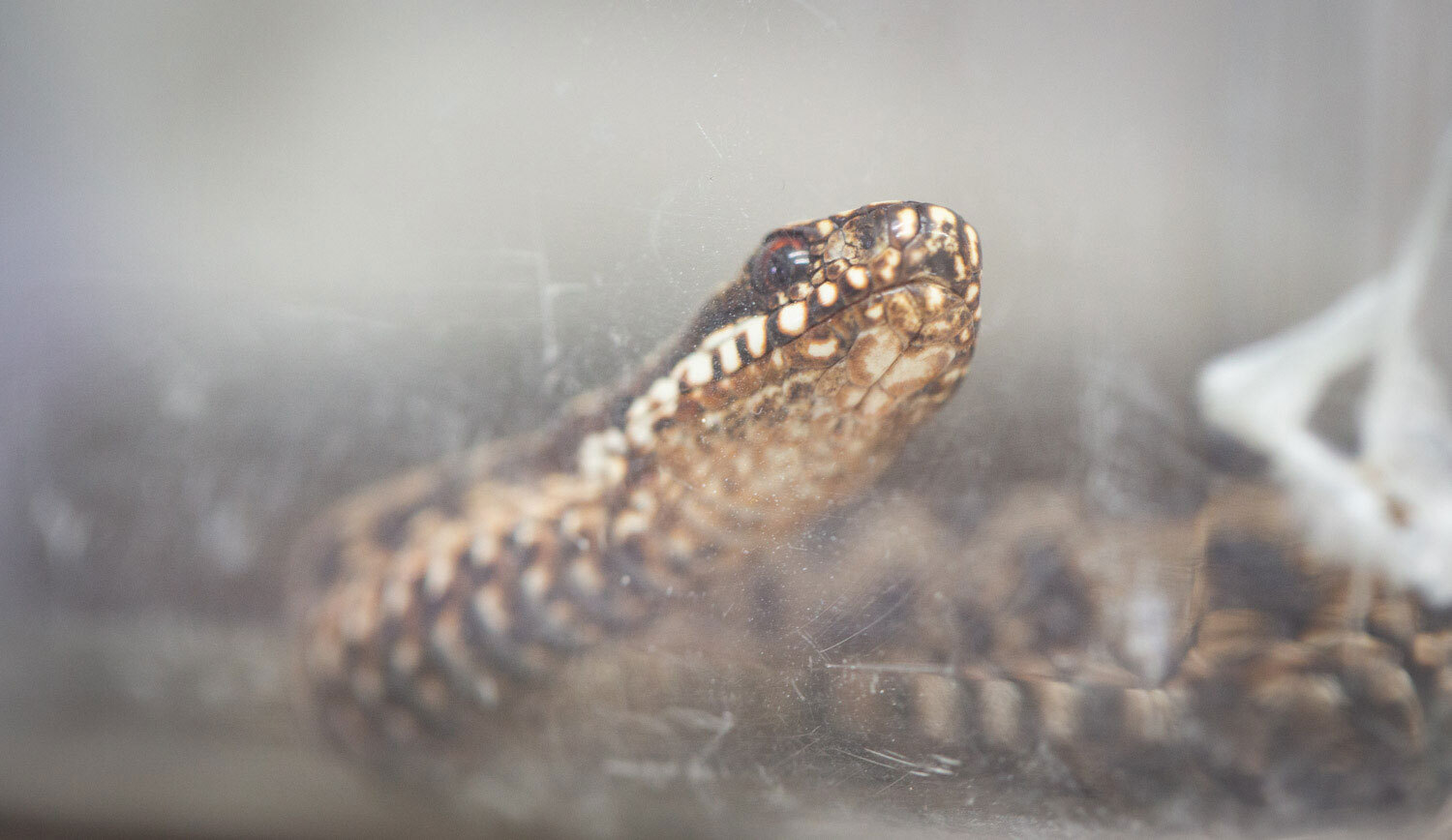
Key Facts
As one of just three species of native snakes to the UK, the adder also has the badge of honour for being the UK's only venomous snake, although its venom is generally of little danger to humans.
Like all UK wildlife the adder is protected under the Wildlife and Countryside Act, 1981, and is also a priority species under the UK Post-2010 Biodiversity Framework.
Length: 60-80cm
Weight: 50-100g
Diet: Small mammals, nestlings, and lizards
When to see them: March to October
Average lifespan: up to 15 years
Behaviour: Adders are secretive animals, and are often only spotted when basking on a log or under a warm rock.
Habitat: Grassland, heathland and moorland, coastal and of course woodland.
UK conservation status: VULNERABLE

Their Decline
The common European adder is listed as vulnerable, with populations declining over extensively over the last eleven years.
The adder plays an important role in their ecosystem, acting as an indicator species for the overall state of an ecosystem. They are extremely sensitive to disturbance and their absence from an area is often the first sign of environmental degradation.
Through a long-running citizen science project, Make the Adder Count, data has shown that 90% of adder populations are in decline, and they could be facing near-extinction by as early as 2032.
Their decline is believed to be the result of varying factors, with the most common being public pressure and disturbance, followed by habitat management and fragmentation.
Through the Garden Wildlife Health Project in which deceased adders are assessed, the leading cause of death was from blunt trauma, suggesting deliberate killing. This can be worsened by mis-information surrounding the behaviour of adders, who are extremely shy, and secretive, preferring to move through undergrowth than out in the open. Most bites occur when the adder is stepped on or picked up, triggering their natural predatory defence.
Amphibian & Reptile Conservation Adder Guide
Adam the Adder provides a fun and informative guide to the species, helping to tell the real story of the elusive and endangered reptile.

How you can help
There are a number of simple ways you can help adder numbers improve:
> Create and encourage natural wild areas for adders to hunt and breed.
> Remove or store-away netting to prevent entanglements.
> Submit adder sightings to national surveys, such as Make the Adder count.
> Keep a note for a local wildlife rescue in case you find an injured or trapped adder.
If you find an injured or entangled adder:
Call a professional wildlife rescue before handling.
If advised to handle, use thick gauntlet gloves to pick up, or use garden tools to encourage or place the snake into a secure box with air holes.
Transport the adder to your closest wildlife rescue to ensure the adder receives the appropriate treatment and care.
